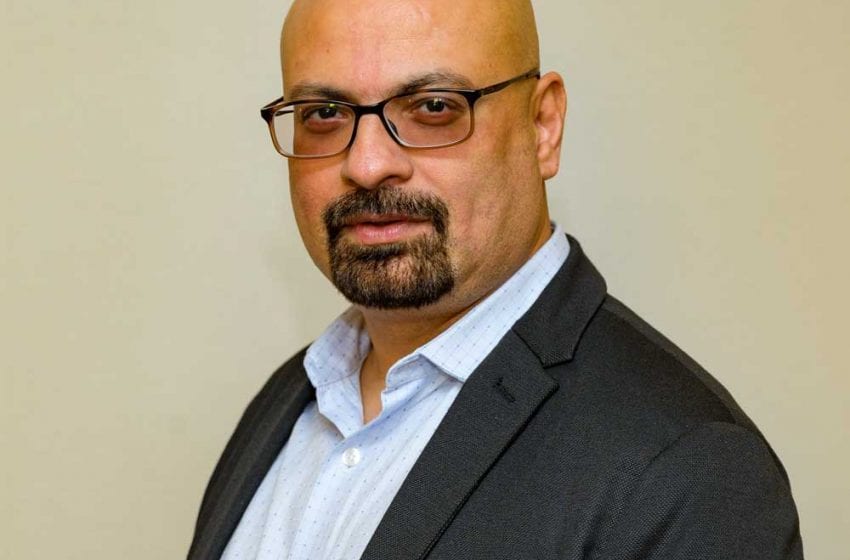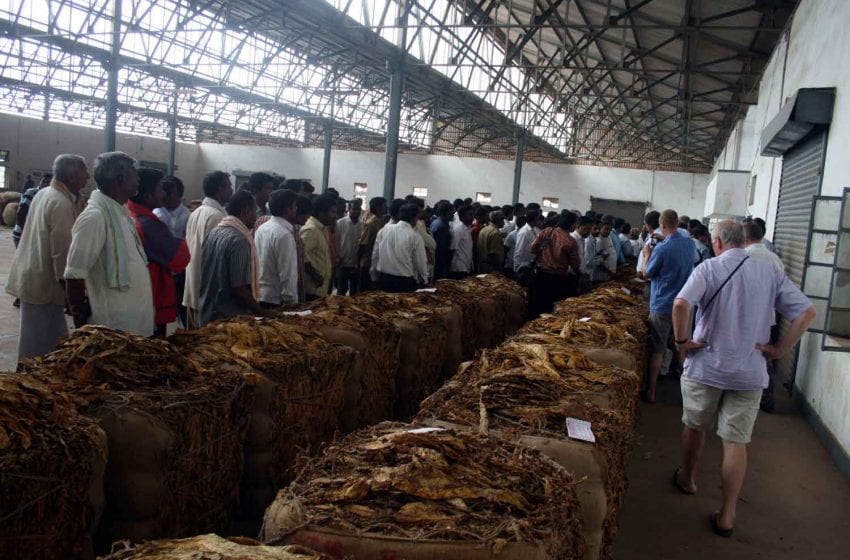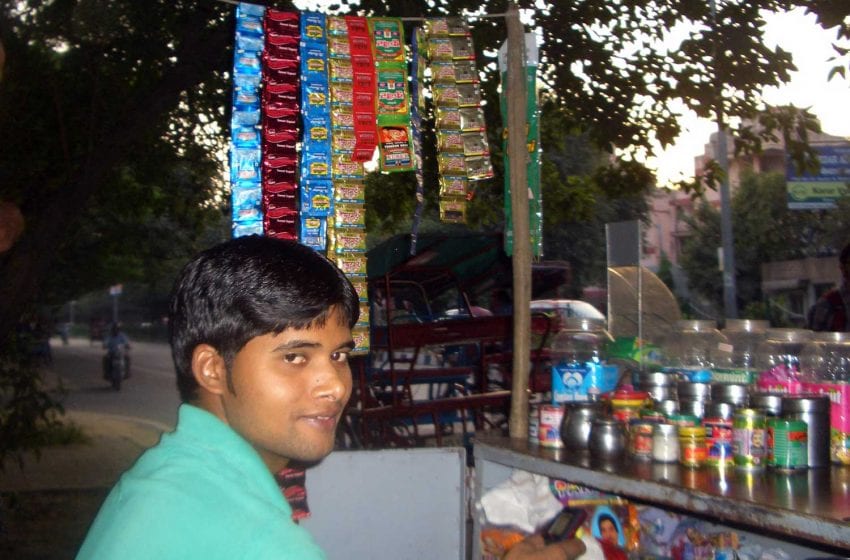
A parliamentary panel in India has proposed foreign direct investment (FDI) in tobacco cultivation and cigarette manufacturing for exports
Tobacco-related FDI is currently restricted in India.
Headed by V. Vijaysai Reddy, the Upper House’s standing committee on commerce recommended 100 percent FDI in tobacco cultivation on the lines of tea, coffee and rubber with the safeguard that tobacco produced with the help of foreign capital should be marketed at auction.
In case of cigarette manufacturing, the panel has backed overseas investment on the condition that it takes place only in special economic zones and that the products are sold outside of India.
Lawmakers are also mulling proposals to set up “export only” tobacco farms to generate revenue.
I





















